2025-07-17 07:00:00
www.extremetech.com
Credit: NASA/JPL-Caltech/R. Hurt
There is no question that quantum theory is correct. It’s been proven over and over, both in the lab and through practical achievement. But the question remains: is it always correct? Quantum mechanics is able to account for three of the four fundamental forces: electromagnetism, the strong nuclear force, and the weak nuclear force. The fourth, gravity, has always confounded quantum physics and prevented it from taking the crown as the final answer to fundamental physics.
Now, researchers are beginning to think of ways to finally probe the relationship between relativistic quantum physics—and interrogating that link requires exotic new technologies. In particular, one distributed team of American physicists at the Stevens Institute of Technology has proposed that quantum networks could help explore that relationship, and provide evidence that would assist in the formation of the holy grail of physics: a unified theory of everything.
Einstein Showed That Space Is Curved
Actually, he showed that spacetime is curved.
The idea comes down to the concept of a manifold, in which an object can be seen as curved from afar, or flat from close-up. For instance, the surface of the Earth is spherical when seen from space, but it’s a flat plane (2D manifold) when viewed from the surface. Einstein proposed that mass warps 3D space so as to create a curvature of this space through the fourth dimension of time, creating a 4D shape that could be viewed as an untouched physical space (3D manifold) by a human observer.

Hubble image of a gravitational lens
Credit: ESA, NASA, K. Sharon (Tel Aviv University) and E. Ofek (Caltech)
This is the universe predicted by relativistic physics, in which mass causes a metaphorical “curvature” in spacetime that itself creates the perceived force of gravity. This means we don’t actually live in a world of straight-line (“Euclidian”) 3D space, but rather a world of curving 4D spacetime. The problem is that we’re simply not evolved to be able to perceive this reality.
Relativity makes specific predictions about the relationship between mass and the curvature of spacetime, which can be most directly observed via time dilation. Under relativistic physics, the flow of time is affected at higher and higher speeds—or by larger and larger masses. This creates not only the famous difference in the perception of time when traveling at near-light speeds, but a similar time dilation effect near large, massive objects.
It might all sound hard to swallow, but the adoption of relativity led to incredible new abilities. Most famously, without taking the time dilation effect on satellites, the time-of-flight calculations needed for GPS positioning would be impossible. The vast majority of the difference between the satellite’s clock and the clock in your phone comes from the difference in speed—but there’s also a small impact from the fact that your phone is closer to the Earth’s mass than the satellite.
In other words, the strength of a gravitational field has an impact on the flow of time, just the same way that speed does. That’s a bit of a problem for quantum mechanics, which has no allowance for this observable effect, or for gravity at all.
Physicists have always struggled to come up with a way to test the relationship between relativity and quantum mechanics on the assumption that any break-points between them will represent real evidence of an overarching theory that unites them. There has been string theory, but also causal set theory and more. The problem with all of them is the same: They’re not directly testable, at least right now.
What this new paper proposes, along with a more foundational prior paper published by the same team, is that quantum networks can be used to probe this connection. How this works comes down to how quantum networks work.

Credit: Flavio Coelho/Moment via Getty Images
Networks of Entangled Quantum Clocks
A quantum network is simply a network of quantum devices capable of transmitting information as intact quantum bits, or qubits. In principle, it has nothing to do with gravity—but one thing quantum networks allow is direct interaction between quantum events.
The nodes in a quantum network don’t necessarily have to be computers; they can also be atomic clocks. The cesium atoms that are the metronomes of these clocks can be kept in quantum superposition by using the quantum network to do quantum teleportation and other processes needed to unify the quantum states of two particles.
In other words, in a quantum network, atomic clocks can be kept in a superposition in which the state of one clock is kept in perfect sync with the state of the other. For industry, it could revolutionize fields like encryption, navigation, and precision sensing.
But what if the total sync of quantum superposition interacts with the changing flow of time caused by relativistic effects? It’s basically the core question of physics, restated: how do we unify quantum and Einsteinian theory? In science fiction we could test the interaction between superposition and time dilation by putting an ansible on a ship that could travel relativistic speeds—but here, we have something that could ask much the same question in the real world.
The paper shows that atomic clocks in a superposition maintained through a quantum network should experience different flows of time. That includes time dilation caused by speed, but the only things that move fast enough are in space, and this experiment needs the clocks to be part of a single quantum network. That leaves the impact of time dilation due to gravity.
Toward a Grand Unified Theory
The new paper illustrates that these atomic clocks could be used to discern the 4D curvature of the 3D manifold in which we live. We can’t see it ourselves, because we can only discern time in one spot, like the proverbial ant living in the 2D world that is its view of the surface of a 3D object. With a quantum network, though, we could keep multiple atomic clocks in superposition to discern changes in the flow of time in multiple places at once.
The paper describes quantum networks of “distributed” clocks, referring to the need to put the clocks in different levels of gravity while still keeping them in quantum sync. If they can do this, they will have an instrument that both should and should not be in sync—according to quantum mechanics, it should be, and according to relativity, it should not be. Which wins out, or to what extent the real behavior breaks both models, could help reveal the nature of the relationship between the two systems.

Credit: Pitris/iStock via Getty Images Plus
One issue is that the clocks need to experience different “local gravity,” which means that two clocks at sea level on Earth won’t produce much in the way of a signal to read. Thankfully, the researchers show that it won’t be necessary to put a clock in orbit—and that a vertical separation of a kilometer or two ought to be enough. That makes it very possible to experiment using a lab at sea level and a lab on a modest-height mountaintop.
Quantum networks have been proposed, and even tested, using hard lines and lasers. Though the technology to create this quantum network remains in the early stages, there’s every reason to believe that such a quantum network could be set up successfully.
Ultimately, if done, this experiment will probably inform more research of its own. It will illustrate, and perhaps even quantify, the extent to which relativity interacts with quantum mechanics, showing either that the clocks tick as relativity predicts, as quantum mechanics predicts, or as neither predicts.
It’s arguable which of these eventualities would have the biggest implications for physics and for later research.
Explore new destinations with ease using the Garmin Drive 52 GPS Navigator! With over 17,988 ratings and a solid 4.4/5-star rating, this GPS system has been a top choice for travelers. Over 500+ units were bought in the past month, all for only $144.99.
This 5″ GPS navigator comes with essential driver alerts, real-time travel data, and external memory storage. The simple on-screen menus and bright, easy-to-see maps make it easy to navigate wherever you are. Plus, it’s road trip-ready with The HISTORY Channel database, featuring notable historic sites and much more to enhance your journey.
Don’t miss out—get your hands on the Garmin Drive 52 today for a smoother ride ahead! Buy Now for $144.99 on Amazon!
Help Power Techcratic’s Future – Scan To Support
If Techcratic’s content and insights have helped you, consider giving back by supporting the platform with crypto. Every contribution makes a difference, whether it’s for high-quality content, server maintenance, or future updates. Techcratic is constantly evolving, and your support helps drive that progress.
As a solo operator who wears all the hats, creating content, managing the tech, and running the site, your support allows me to stay focused on delivering valuable resources. Your support keeps everything running smoothly and enables me to continue creating the content you love. I’m deeply grateful for your support, it truly means the world to me! Thank you!
|
BITCOIN
bc1qlszw7elx2qahjwvaryh0tkgg8y68enw30gpvge Scan the QR code with your crypto wallet app |
|
DOGECOIN
D64GwvvYQxFXYyan3oQCrmWfidf6T3JpBA Scan the QR code with your crypto wallet app |
|
ETHEREUM
0xe9BC980DF3d985730dA827996B43E4A62CCBAA7a Scan the QR code with your crypto wallet app |
Please read the Privacy and Security Disclaimer on how Techcratic handles your support.
Disclaimer: As an Amazon Associate, Techcratic may earn from qualifying purchases.














![Massive Apple deal event – M3 iPad Air all-time low, AirPods, M4 MacBooks $300 off, more [Updated]](https://techcratic.com/wp-content/uploads/2025/08/AirPods-Pro-2-AirPods-4-360x180.jpg)























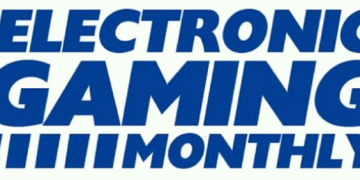
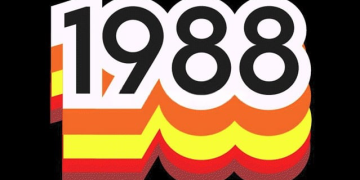
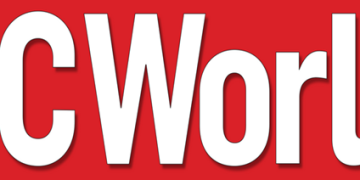
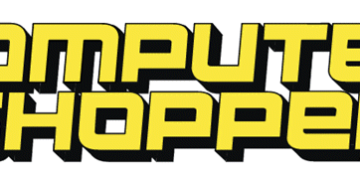
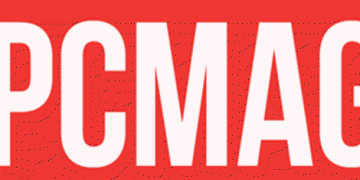
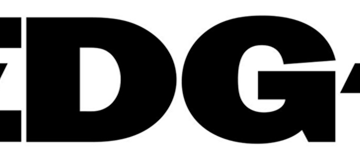
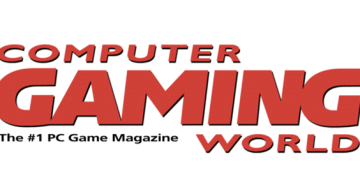




























![BASENOR 3PCS Tesla Model Y Model 3 Center Console Organizer [Carbon Fiber Edition]…](https://techcratic.com/wp-content/uploads/2025/08/71R5dfCR9FL._AC_SL1500_-360x180.jpg)















![Alien: Romulus – 4K + Blu-ray + Digital [4K UHD]](https://techcratic.com/wp-content/uploads/2025/08/81fBb0Z1egL._SL1500_-360x180.jpg)















